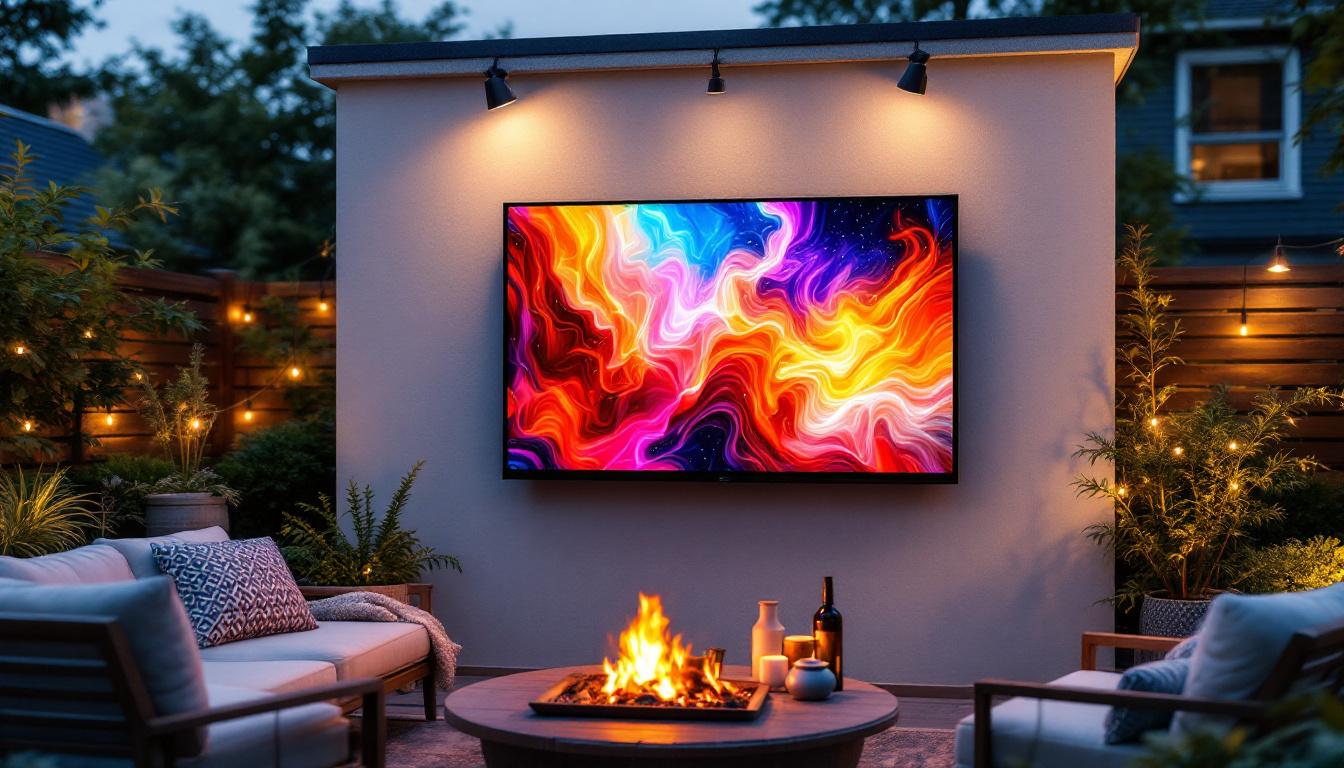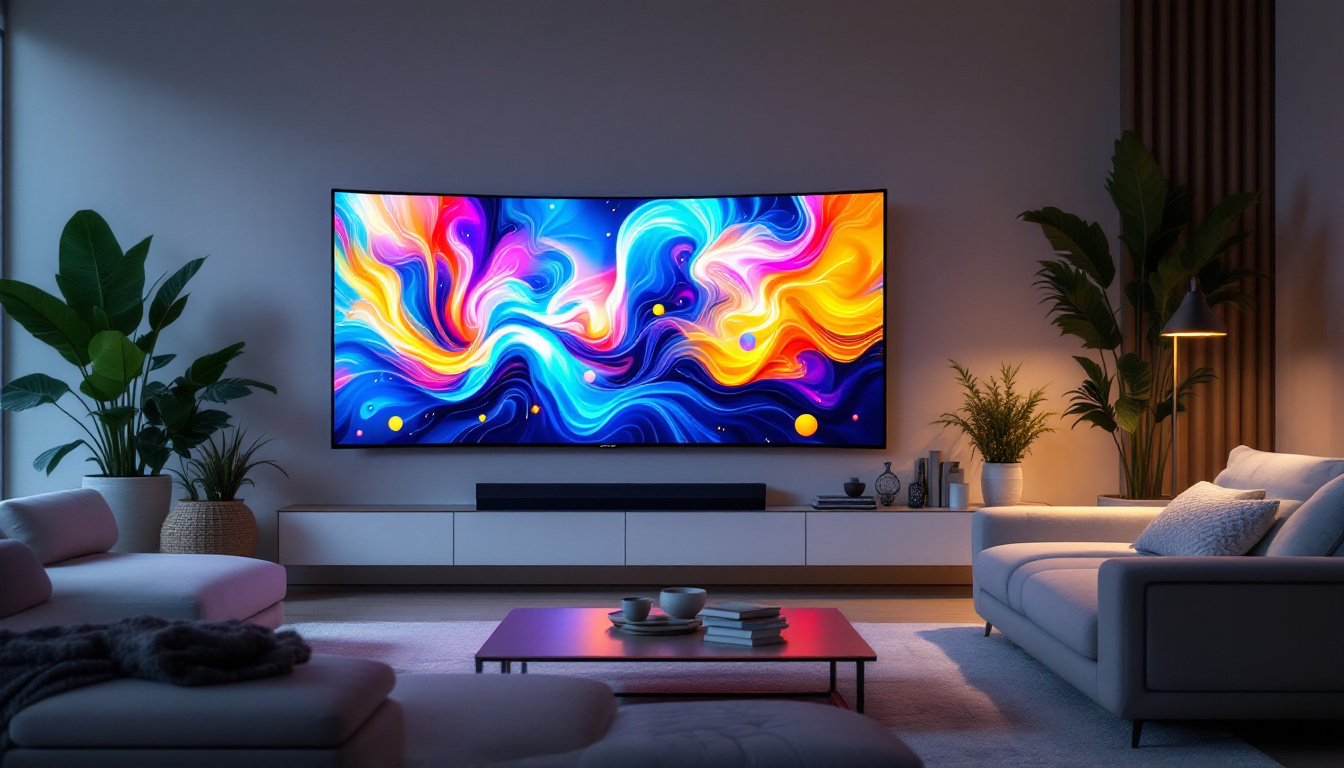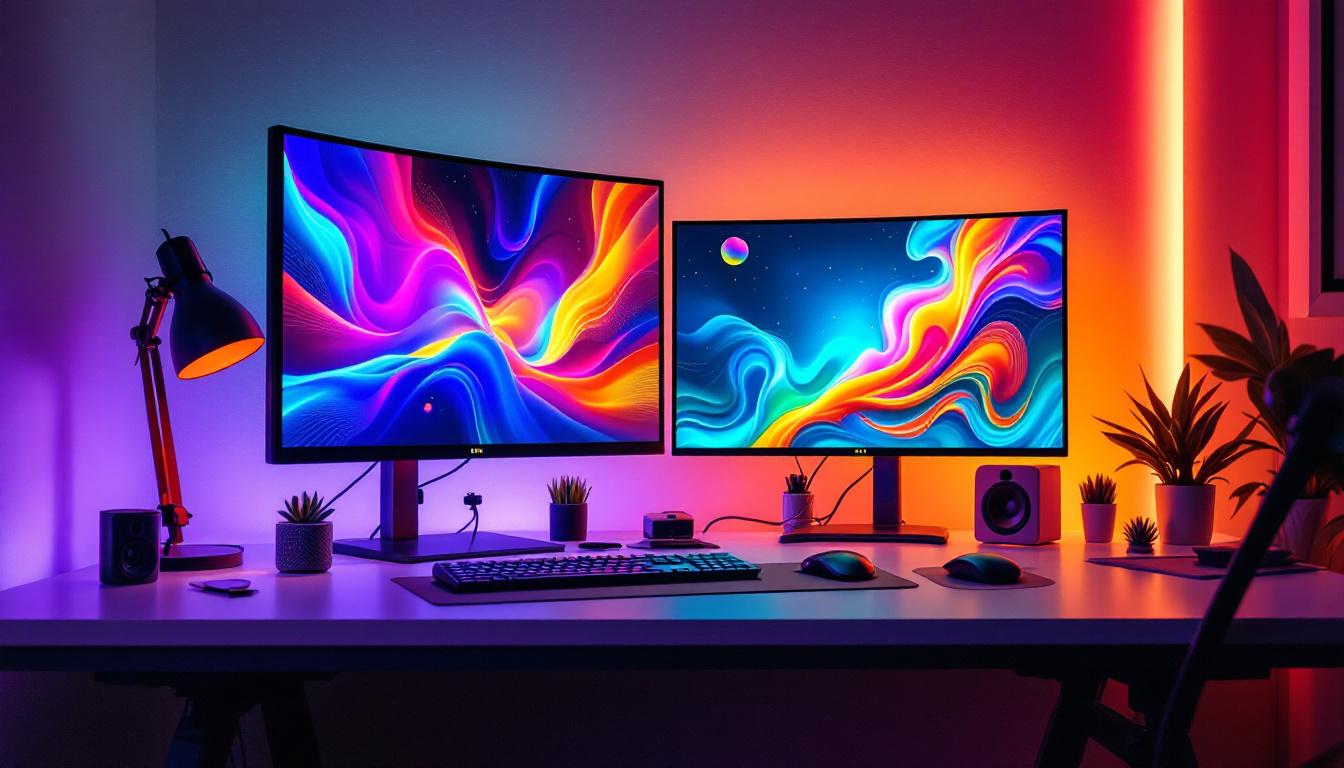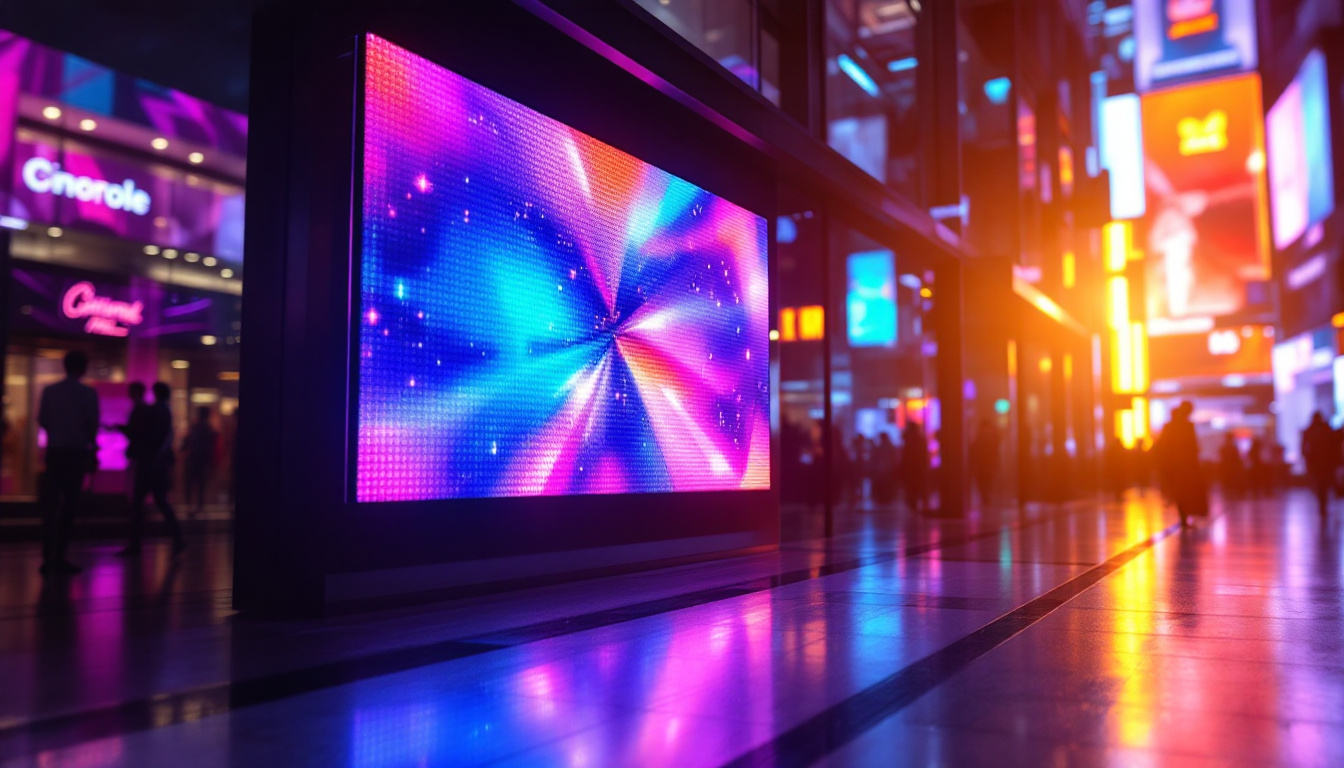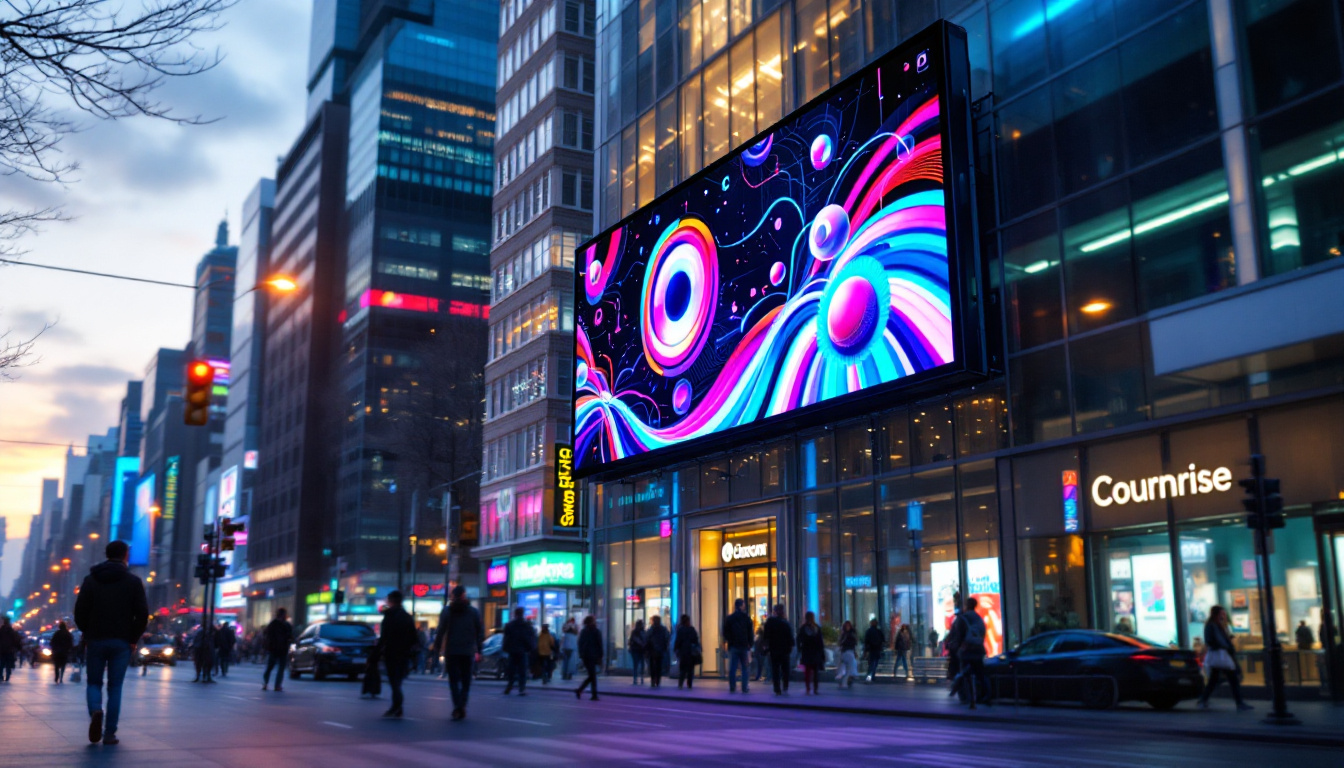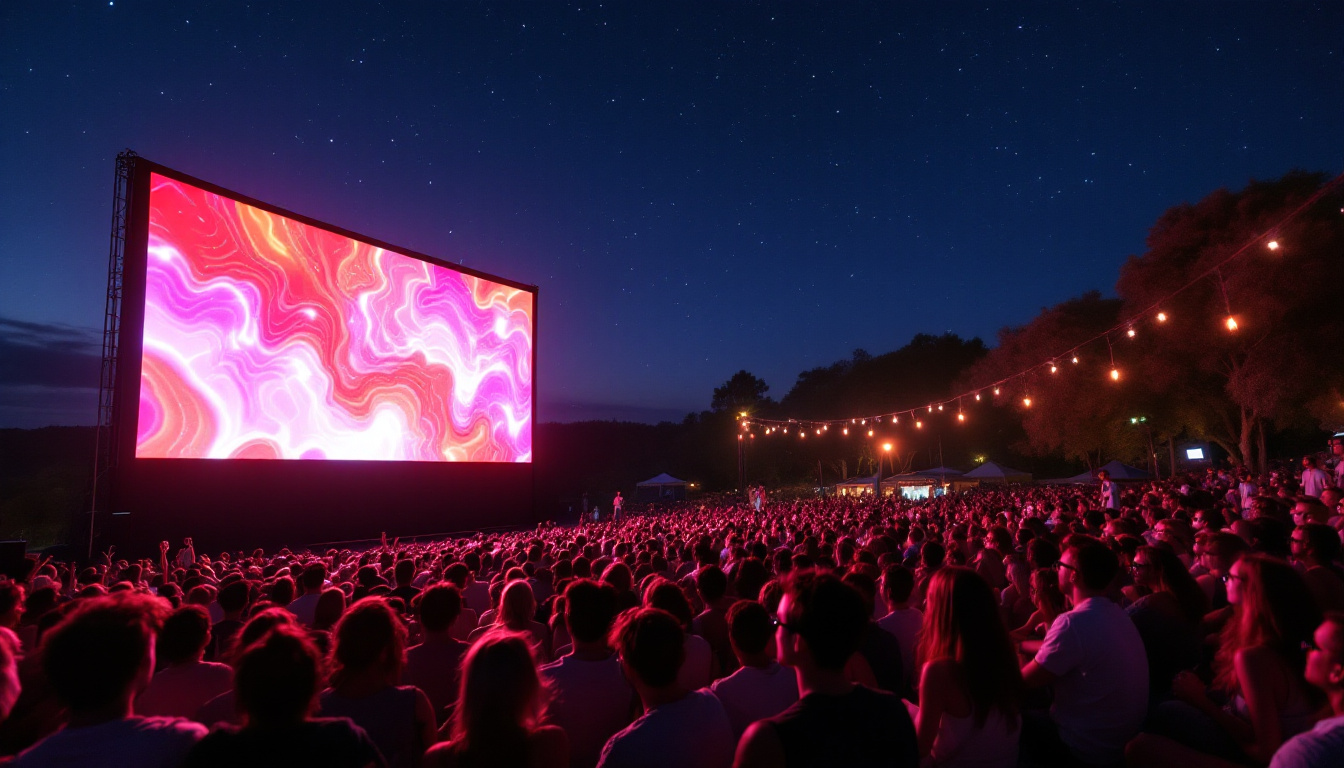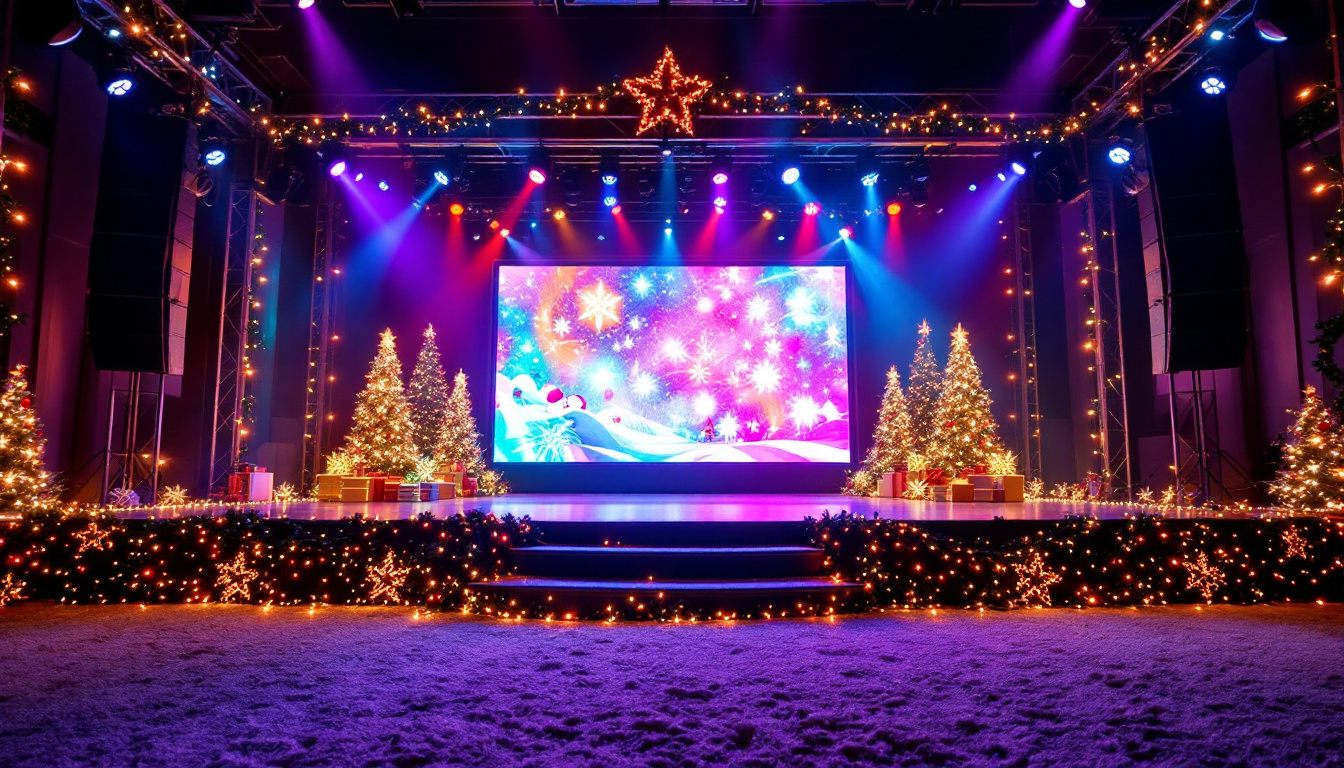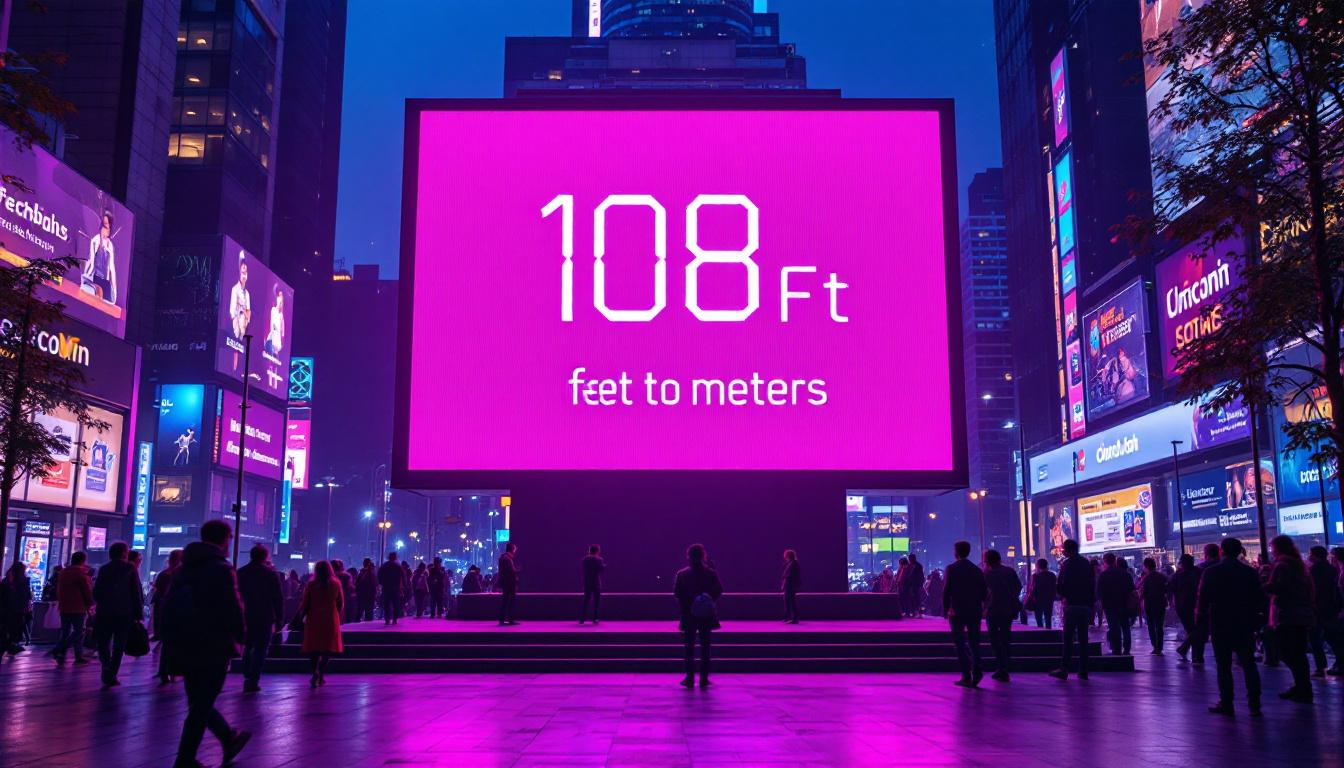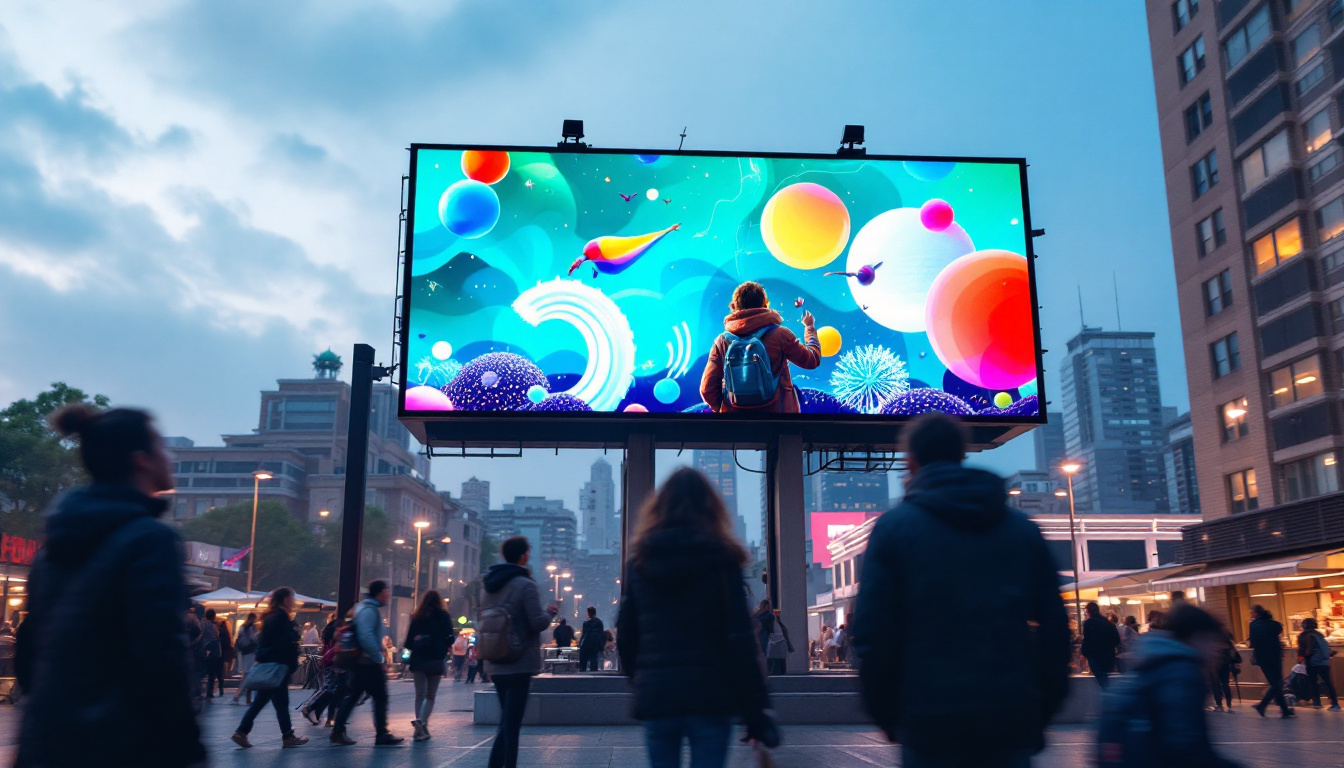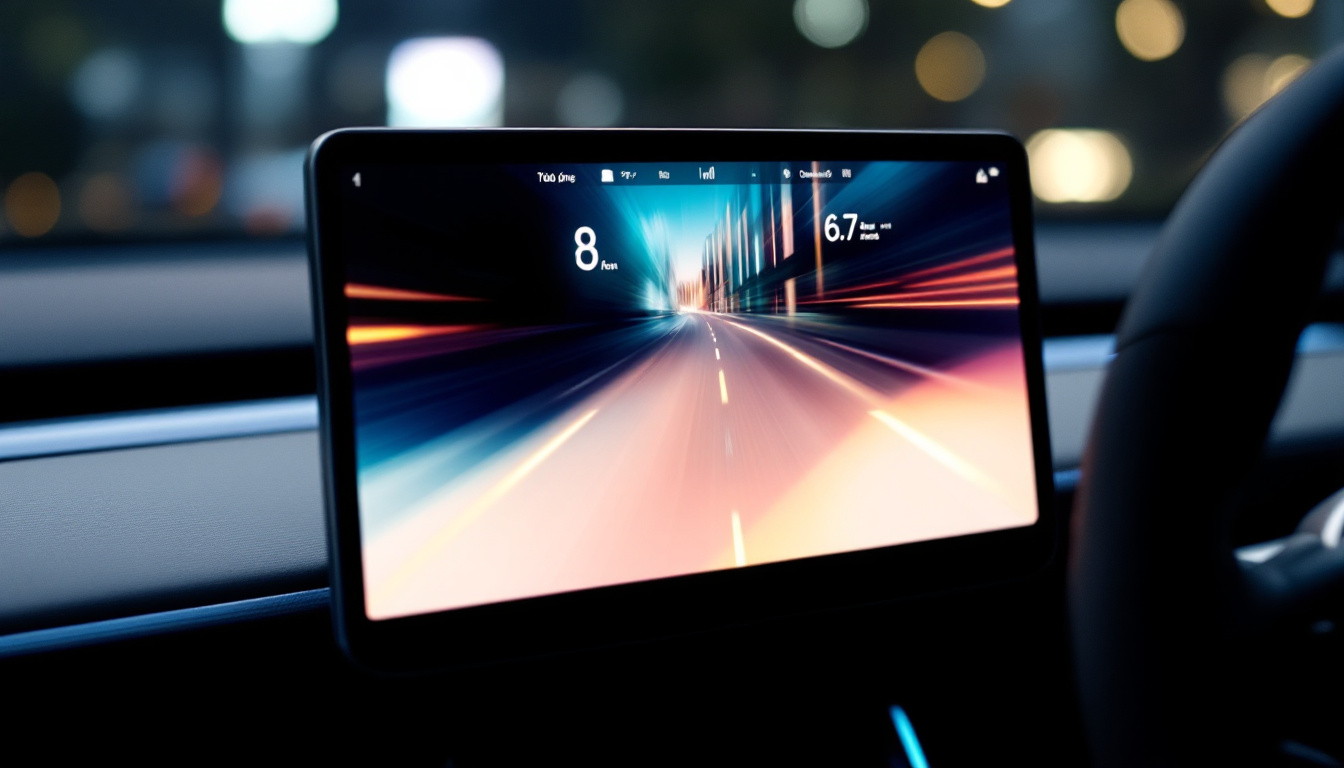Weatherproof Outdoor TV: LED Display Explained
Outdoor entertainment has evolved dramatically over the past decade, with weatherproof outdoor TVs becoming a popular choice for patios, gardens, and commercial spaces. Among the various display technologies available, LED displays stand out for their brightness, durability, and energy efficiency. This article dives deep into the world of weatherproof outdoor TVs with LED displays, explaining their technology, benefits, and what to consider when choosing one for your outdoor space.
Understanding LED Display Technology
LED, or Light Emitting Diode, technology has revolutionized the way displays are designed and used. Unlike traditional LCD screens that rely on backlighting, LED displays use tiny diodes that emit light individually, resulting in brighter and more vibrant images. This innovation has not only enhanced the visual experience but also contributed to energy efficiency, making LED displays a more sustainable choice in the long run.
Outdoor LED displays are specifically engineered to withstand harsh environmental conditions while maintaining picture quality. This is achieved through a combination of high brightness levels, robust construction, and protective coatings. Many outdoor displays are also equipped with advanced cooling systems to prevent overheating, ensuring that they can operate continuously without degradation in performance. This durability is essential for installations in locations exposed to extreme weather, such as rain, snow, or intense heat.
How LED Displays Work
Each pixel on an LED screen consists of red, green, and blue diodes. By varying the intensity of each diode, the display can produce a full spectrum of colors. This direct emission of light allows for better contrast ratios and deeper blacks compared to LCDs. Additionally, the rapid response time of LED technology means that motion is rendered smoothly, making it ideal for dynamic content such as sports broadcasts or fast-paced video games.
For outdoor TVs, the LED backlighting or direct LED panels are designed to deliver brightness levels exceeding 1000 nits, often reaching up to 2000 nits or more. This ensures visibility even in direct sunlight, a crucial factor for outdoor viewing. Furthermore, many outdoor LED displays incorporate anti-glare technology to minimize reflections from sunlight, enhancing the viewing experience even further. This combination of brightness and clarity makes LED displays a popular choice for advertising, public events, and entertainment venues.
Types of LED Displays in Outdoor TVs
There are primarily two types of LED technologies used in outdoor TVs: Edge-lit LED and Direct-lit LED. Edge-lit LED TVs position the LEDs around the edges of the screen, shining light across the display, while Direct-lit LED TVs have LEDs placed directly behind the screen. The edge-lit design allows for thinner screens, which can be advantageous in certain installations where space is limited.
Direct-lit LED displays generally offer better brightness uniformity and contrast, making them more suitable for outdoor environments where lighting conditions can be unpredictable. Additionally, some models utilize local dimming technology, which allows specific zones of the screen to dim or brighten independently, further enhancing the overall picture quality. This feature is particularly beneficial in outdoor settings where varying light conditions can affect how images are perceived, ensuring that viewers receive the best possible experience regardless of the time of day or weather conditions.
Why Weatherproofing is Essential for Outdoor TVs
Outdoor TVs face unique challenges that indoor TVs do not. Exposure to moisture, dust, extreme temperatures, and UV rays can severely damage electronic components and degrade image quality. Weatherproofing is the process of designing and manufacturing TVs to resist these elements. Without proper weatherproofing, an outdoor television can quickly become a costly investment that fails to deliver the desired performance and longevity.
Key Weatherproofing Features
Weatherproof outdoor TVs typically feature an IP65 or higher rating, indicating strong protection against dust ingress and water jets. This means the TV can withstand rain, splashes, and dust storms without compromising functionality. Such ratings are essential for ensuring that the TV remains operational even in unpredictable weather conditions, making it a reliable choice for outdoor entertainment.
Additionally, weatherproof TVs use sealed enclosures to prevent moisture from entering the internal components. Special coatings on the screen protect against UV damage and reduce glare, enhancing visibility during bright daylight hours. These coatings not only help maintain picture quality but also extend the lifespan of the screen by preventing fading and deterioration caused by prolonged sun exposure. Furthermore, many outdoor TVs incorporate anti-reflective technology that minimizes glare, allowing viewers to enjoy their favorite shows and sports events without distraction, even in direct sunlight.
Temperature Resistance
Outdoor TVs must operate reliably across a wide temperature range, often from -20°C to 50°C (-4°F to 122°F). Advanced thermal management systems, including heat sinks and cooling fans, help maintain optimal operating temperatures and prevent overheating. These systems are crucial for ensuring that the TV can handle not just the heat of summer, but also the chill of winter, allowing for year-round use. In addition, some models come equipped with built-in thermostats that automatically adjust the internal temperature, providing an extra layer of protection against extreme weather conditions.
Moreover, the durability of outdoor TVs extends beyond just temperature resistance. Many manufacturers use rugged materials that can withstand impacts and vibrations, making them ideal for installation in high-traffic areas like patios or backyards. This resilience is particularly important for families with children or pets, where accidental bumps and knocks are more likely to occur. With such robust construction, outdoor TVs can provide peace of mind, allowing homeowners to enjoy their outdoor spaces without worrying about damaging their entertainment equipment.
Advantages of LED Displays for Outdoor TVs
Choosing an LED display for an outdoor TV offers several distinct advantages that make it the preferred choice for many consumers and businesses.
Superior Brightness and Visibility
One of the most significant benefits of LED displays is their exceptional brightness. Outdoor environments are subject to varying light conditions, from bright sunlight to shaded areas. LED displays can maintain clear and vibrant images even under direct sunlight, which is essential for outdoor viewing.
Energy Efficiency
LED displays consume less power compared to other display technologies like plasma or traditional LCDs with CCFL backlighting. This energy efficiency not only reduces electricity costs but also contributes to a lower environmental footprint.
Durability and Longevity
LEDs have a longer lifespan, often exceeding 50,000 hours of use. Their solid-state nature makes them more resistant to shock and vibration, common in outdoor settings. This durability translates to fewer repairs and replacements over time.
Enhanced Color Accuracy and Contrast
LED technology provides superior color reproduction and contrast ratios. This means outdoor TVs with LED displays deliver richer colors and deeper blacks, improving the overall viewing experience.
Choosing the Right Weatherproof Outdoor TV with LED Display
Selecting the perfect outdoor TV involves more than just picking the highest brightness or the largest screen. Several factors must be considered to ensure the TV meets your specific needs and environment.
Screen Size and Resolution
Outdoor spaces vary greatly in size and viewing distance. For patios or small backyard areas, a 32 to 55-inch screen may suffice. Larger spaces or commercial venues might require 65 inches or more for optimal visibility.
Resolution is equally important. Full HD (1080p) is standard for most outdoor TVs, but 4K Ultra HD models are becoming increasingly affordable and offer sharper images, especially on larger screens.
Brightness and Anti-Glare Features
Brightness is measured in nits, and for outdoor TVs, a minimum of 1000 nits is recommended. Some premium models offer up to 2500 nits, ensuring excellent visibility in direct sunlight.
Anti-glare coatings reduce reflections from sunlight or artificial lighting, making the screen easier to view from different angles.
Connectivity and Smart Features
Modern outdoor TVs often come equipped with smart features such as Wi-Fi, Bluetooth, and streaming apps. These capabilities allow users to access content directly without additional devices.
Connectivity options like HDMI, USB, and Ethernet ports are also essential for connecting external devices like gaming consoles, Blu-ray players, or sound systems.
Installation and Mounting
Weatherproof outdoor TVs require secure mounting solutions that can withstand wind and other outdoor forces. Many manufacturers offer specialized mounts designed for outdoor use, often with adjustable angles to optimize viewing.
Consider the location carefully to avoid direct exposure to extreme weather when possible, and ensure easy access for maintenance.
Maintenance Tips for Weatherproof Outdoor TVs
Although weatherproof outdoor TVs are built to endure harsh conditions, proper maintenance can significantly extend their lifespan and performance.
Regular Cleaning
Dust, pollen, and debris can accumulate on the screen and vents. Use a soft, damp cloth to gently clean the screen and wipe down the enclosure. Avoid harsh chemicals that could damage protective coatings.
Inspect Seals and Enclosures
Periodically check the seals and housing for any signs of wear or damage. Ensuring these remain intact is vital to prevent moisture ingress.
Protect During Extreme Weather
While weatherproof TVs are designed to handle rain and dust, extreme conditions such as heavy snow, hail, or storms may warrant additional protection like a weatherproof cover or temporary removal.
Popular Applications of Weatherproof Outdoor TVs with LED Displays
Weatherproof outdoor TVs are used in a variety of settings beyond residential patios. Their versatility and durability make them ideal for commercial and public spaces.
Hospitality and Entertainment Venues
Restaurants, bars, and hotels use outdoor TVs to enhance guest experiences, broadcasting sports events, news, or entertainment. High brightness and weatherproofing ensure uninterrupted viewing regardless of weather.
Public Information Displays
LED outdoor TVs serve as digital signage in parks, transit stations, and shopping centers, providing real-time information, advertisements, and emergency alerts.
Sports Arenas and Outdoor Events
Large LED displays are common in stadiums and outdoor event spaces, offering clear visuals to large crowds. Portable weatherproof LED screens are also used for concerts and festivals.
Conclusion
Weatherproof outdoor TVs with LED displays represent the pinnacle of outdoor viewing technology, combining durability, brightness, and energy efficiency. Understanding the technology behind LED displays and the importance of weatherproofing helps consumers and businesses make informed decisions when selecting an outdoor TV.
Whether enhancing a backyard entertainment area or providing dynamic digital signage in a commercial setting, investing in a high-quality weatherproof outdoor TV with an LED display ensures vibrant, reliable performance in any environment.
Explore LumenMatrix’s Innovative LED Solutions
Ready to elevate your outdoor space with the ultimate viewing experience? Discover LumenMatrix’s cutting-edge LED display solutions, where innovation meets visual excellence. From vibrant backyard entertainment to impactful commercial signage, LumenMatrix offers a wide range of weatherproof LED displays tailored to your needs. Check out LumenMatrix LED Display Solutions today and transform your visual communication with clarity and brilliance.

